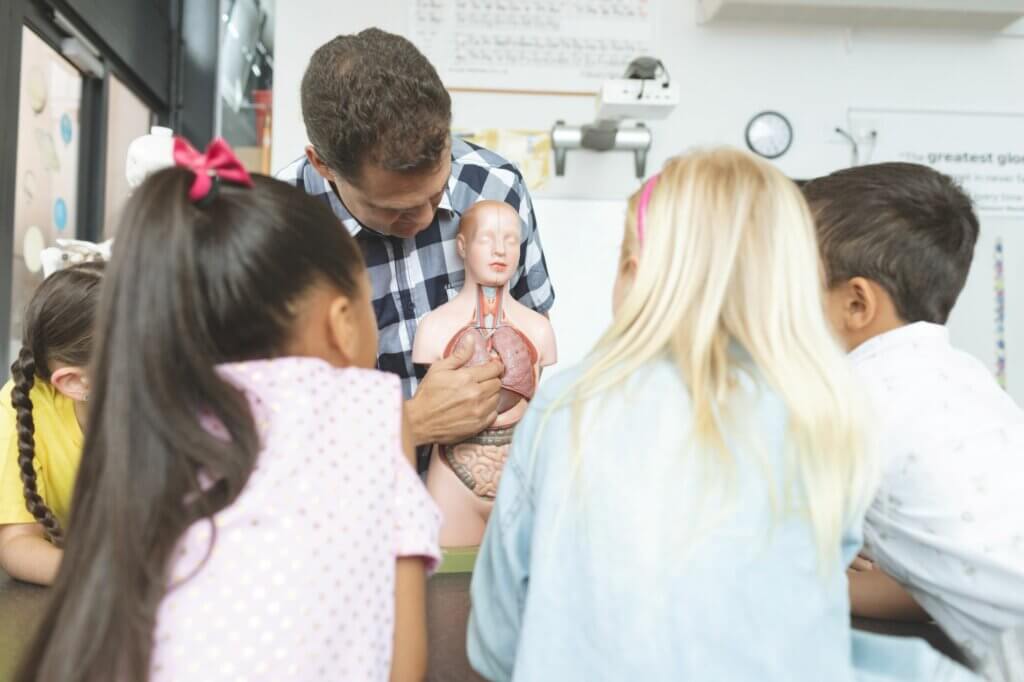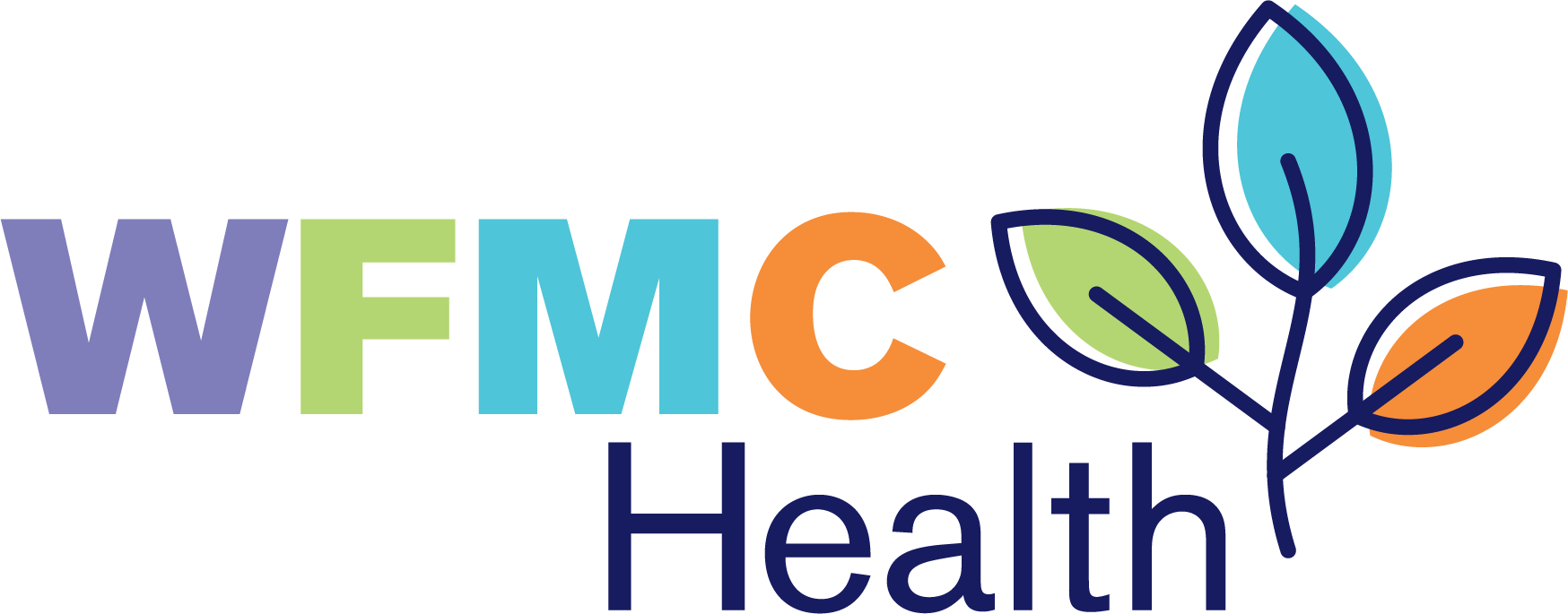October is Healthy Lung Month: Teaching Kids About Lung Health
Our lungs play a key role within our bodies, helping us breathe clearly and providing necessary oxygen to support other vital functions. October is Healthy Lung Month, which is a perfect opportunity to teach kids about the importance of lung health and develop good habits that can protect your child’s lungs for life.
With growing concerns about air pollution, respiratory illness, and vaping/smoking, it’s more important than ever to help children understand how to care for their lungs.
Why Lung Health Matters for Kids
Lungs are essential for breathing, providing oxygen to our bodies and removing carbon dioxide. While kids may not think much about their lungs, developing lung-healthy habits early on can prevent long-term damage. Children under eight are especially vulnerable to lung issues because their respiratory systems are still developing. Exposure to secondhand smoke, pollution, or infections can have lasting effects on lung health, so it’s important to teach kids how to protect their lungs and avoid harmful behaviors.

Everyday Habits for Healthy Lungs
You can start teaching your kids about lung health by encouraging simple, everyday habits.
- Encourage outdoor play and exercise: Regular physical activity is one of the best ways to keep lungs healthy. Activities like running, biking, or swimming get kids moving and help strengthen their lungs. Encourage your child to play outside and get plenty of fresh air, especially in green spaces like parks.
- Good hygiene practices: Teach your child to wash their hands regularly to avoid respiratory infections like colds and the flu. Respiratory infections can lead to conditions like bronchitis or pneumonia, which can cause harm to the lungs. If they do get sick, encourage covering their mouth with their elbow when coughing or sneezing to prevent the spread of germs.
- Stay away from harmful substances: Talk to your kids about the dangers of vaping, smoking, and breathing secondhand smoke. Even if they’re young, it’s never too early to start educating them on why smoking is harmful and why they should stay away from cigarettes, vapes, and secondhand smoke.
- Breathing exercises: Breathing exercises can help improve lung function and encourage relaxation. You can practice deep breathing techniques together, teaching kids how to fill their lungs with air and release it slowly. This can also help reduce stress and anxiety.
Keeping Your Home’s Air Clean
The air quality in your home is as important—or more important—as the air outside. Children spend a lot of time indoors, so making sure your home’s air is clean can go a long way in protecting their lung health.
- Reduce indoor pollutants: Dust, pet dander, mold, and household chemicals can affect the air quality in your home. Make it a habit to dust and vacuum regularly to reduce these irritants. If your child has allergies, consider using an air purifier to filter out allergens.
- Avoid harsh chemicals: Harsh chemical cleaners can release fumes that irritate the lungs, so look for natural alternatives when cleaning your home. Opt for cleaning products that are non-toxic and eco-friendly when you can.
- Keep your home well-ventilated: Use your HVAC system or open windows to allow fresh air to circulate, especially after using cleaning products, painting, or cooking. Proper ventilation helps prevent the buildup of indoor air pollutants.
- Maintain smoke-free environments: Make sure your home and car are smoke-free zones to protect your child from harmful chemicals that can linger long after cigarettes are extinguished.
Fun Ways to Teach Kids About Lungs
Teaching kids about lung health doesn’t have to be boring! There are creative ways to engage children and make learning about the lungs fun.
- Lung-related activities: You can help kids understand how lungs work by doing simple activities like blowing up balloons or making paper lung models. These hands-on projects allow kids to see how air fills the lungs and leaves the body.
- Watch educational videos: Find age-appropriate videos or animations that explain how the lungs work in a fun and easy-to-understand way. Visuals can help kids grasp the concept of how their lungs help them breathe and why it’s important to take care of them.
- Nature walks and discussions: Go for a walk or hike with your child, and use the opportunity to talk about how breathing in fresh air is good for their lungs. Point out trees and plants that help keep the air clean and explain how pollution can affect lung health.
When to Seek Medical Care
It’s important to teach kids how to recognize when something might be wrong with their lungs. Symptoms like wheezing, persistent coughing, shortness of breath, or chest pain could indicate a lung problem, and it’s important to make an appointment with their pediatrician if your child experiences any of these signs.
- Asthma and allergies: Many children suffer from asthma or allergies that can affect their lungs. If your child has asthma, make sure they know how to use their inhaler properly and understand what triggers an asthma attack. Teaching your child to communicate when they’re having trouble breathing is crucial in managing asthma or any other respiratory condition.
- Flu season and lung health: Cold and flu season can take a toll on your child’s lungs, especially if they develop a respiratory infection. Encourage good hygiene and handwashing with your child to reduce their risk of getting sick. Talk with your child’s pediatrician about the annual flu vaccine or extra precautions you can take during flu season.
Teaching kids about lung health during Healthy Lung Month is a great way to build lifelong habits that protect their respiratory system. If you have any questions or concerns about your child’s lung health, make an appointment with their pediatrician.
This article is meant for informational purposes only. If you have questions or would like further information, make an appointment with your primary care provider.
This blog post was first published on WFMCHealth.org.
